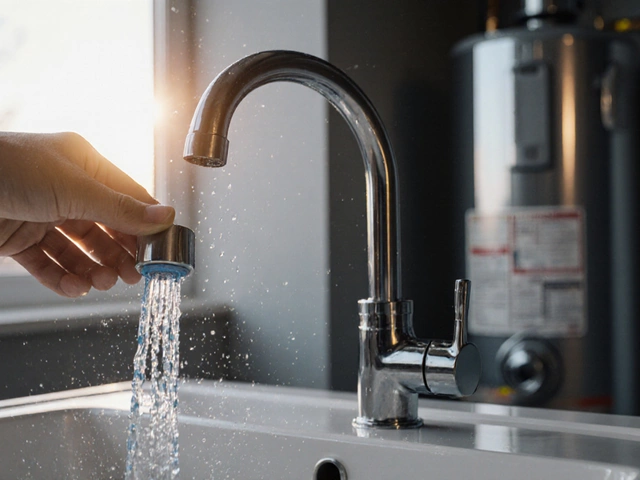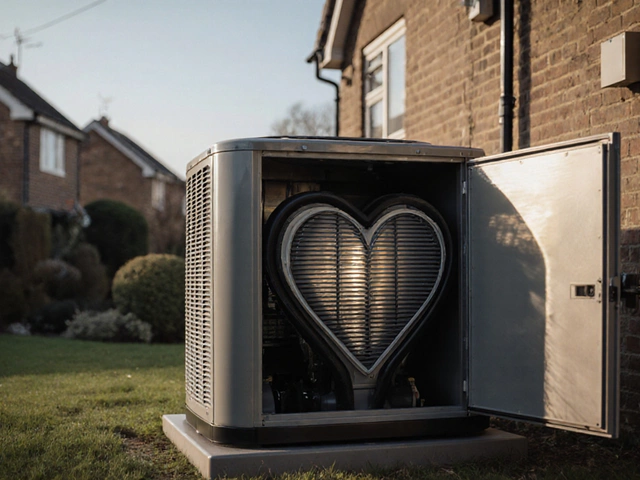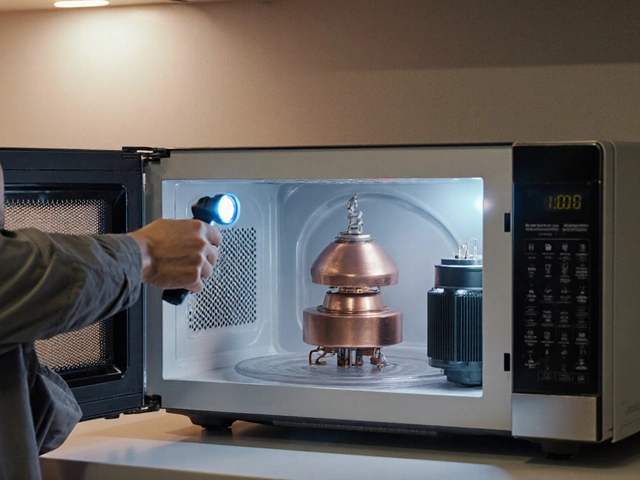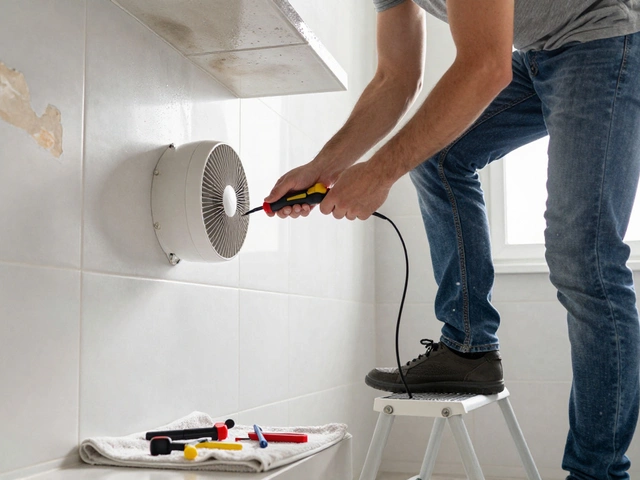Hot Water Heater Stops Working? Common Reasons & Fixes
October 19 2025DIY Boiler Repair: Simple Steps to Fix Common Problems
If your boiler has lost heat or is making strange noises, you don’t always need to call a technician right away. With the right precautions and a few basic tools, many everyday issues can be handled by a homeowner. This guide walks you through what you can safely do yourself, how to avoid common mistakes, and when it’s time to pick up the phone.
When to Attempt DIY Boiler Repair
First, ask yourself three questions: Is the boiler still under warranty? Do you feel comfortable turning off gas and electricity? And, is the problem something simple like low pressure or a stuck reset button?
If the answer to the first two is yes and the issue fits the third, a DIY approach can save you time and money. Never try to mess with gas lines, flame sensors, or internal wiring if you’re unsure – those jobs belong to a certified gas engineer. Also, if the boiler shows a persistent error code, a flashing LED, or a strong smell of gas, stop and call a professional immediately.
Step‑by‑Step Guide for Common Fixes
1. Check the pressure gauge. Most modern boilers have a glass‑filled pressure gauge on the front. The ideal range is usually between 1 and 1.5 bar when the system is cold. If the needle is below 1 bar, the boiler may shut down to protect itself.
To raise the pressure, locate the filling loop – a flexible hose with two valves. Open both valves slowly and watch the gauge climb. Close the valves once you hit the recommended level, then wipe away any water on the pipe.
2. Reset the boiler. A sudden power cut or a temporary fault can trigger the safety lockout. Find the reset button (often a small rectangular pad) and hold it for about 5 seconds. If the boiler restarts and runs smoothly, you’ve solved the problem. If it locks out again, note the error code and consider a professional visit.
3. Bleed radiators. Cold spots in radiators often mean trapped air, not a boiler failure. Turn off the heating, then use a radiator key to open the bleed valve at the top until water starts to flow. Close the valve quickly and repeat for each radiator.
4. Clean the condensate pipe. Condensing boilers drain a small amount of acidic water through a pipe that runs to the drain. Over time, buildup or a blockage can cause the boiler to shut down. Locate the pipe (usually a white PVC tube) and gently clear any debris with a soft brush or a thin wire.
5. Inspect the thermostat. An inaccurate room thermostat can make the boiler think the home is already warm. Replace batteries if it’s battery‑operated, and verify that the temperature setting matches your comfort level. If the thermostat feels loose or unresponsive, swapping it for a new one is a quick fix.
After each step, turn the boiler back on and observe its behavior for a few minutes. Listen for unusual noises, watch the pressure gauge, and feel the radiators for consistent heat.
When to Stop and Call a Pro
If you notice any of the following, stop the DIY work immediately: a persistent gas odor, water leaking from the boiler casing, repeated error codes after resetting, or any sign of corrosion on the flue. These signs suggest deeper issues that require a licensed gas engineer.
Remember, safety comes first. Always shut off both the gas supply and the electricity before opening any panels. Keep a fire extinguisher nearby, and never work on a boiler when the house is empty if you’re unsure about the steps.
With these basic checks, many minor boiler hiccups can be solved quickly, keeping your home warm and your wallet happy. But never hesitate to call a certified professional when the job looks beyond simple maintenance – a well‑maintained boiler is the best way to avoid costly breakdowns later on.
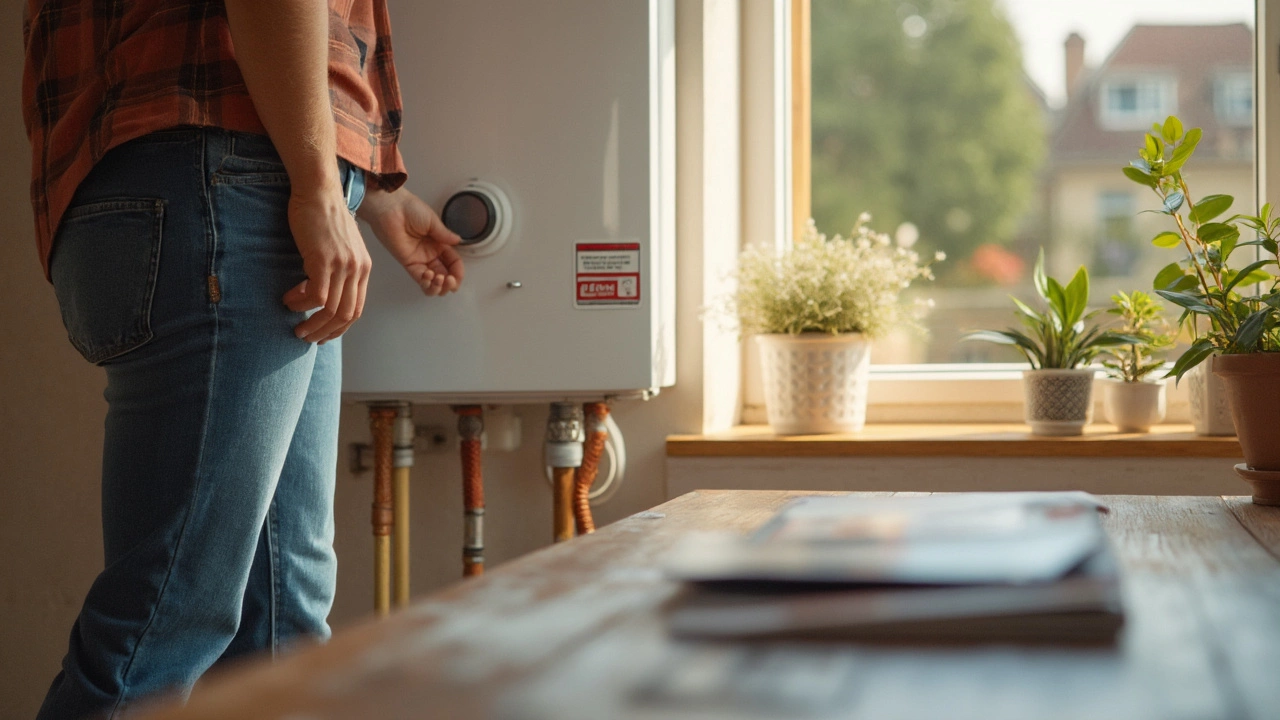 6 Jun
6 Jun
Can I Service My Boiler Myself? What to Know Before You Try
Thinking about servicing your boiler yourself? This article breaks down what you can actually do with a home boiler, what jobs are best left to pros, and the real legal risks if you mess with it. You'll find practical tips, safety facts, and ways to save money without gambling with your heating—or your house. Discover simple things you can check or clean yourself and learn when it's smartest (and safest) to call in the experts. This is the no-nonsense guide to making sure your boiler keeps running and your wallet stays safe.
Read More...